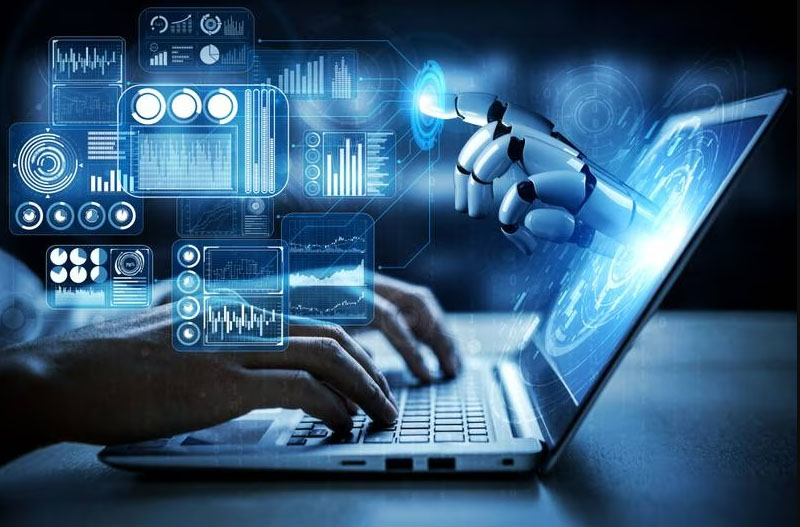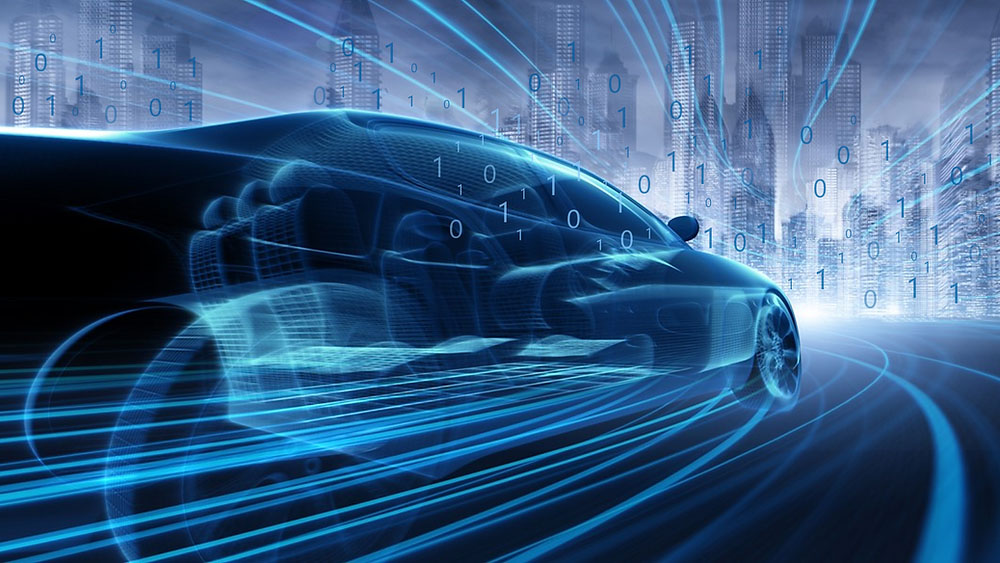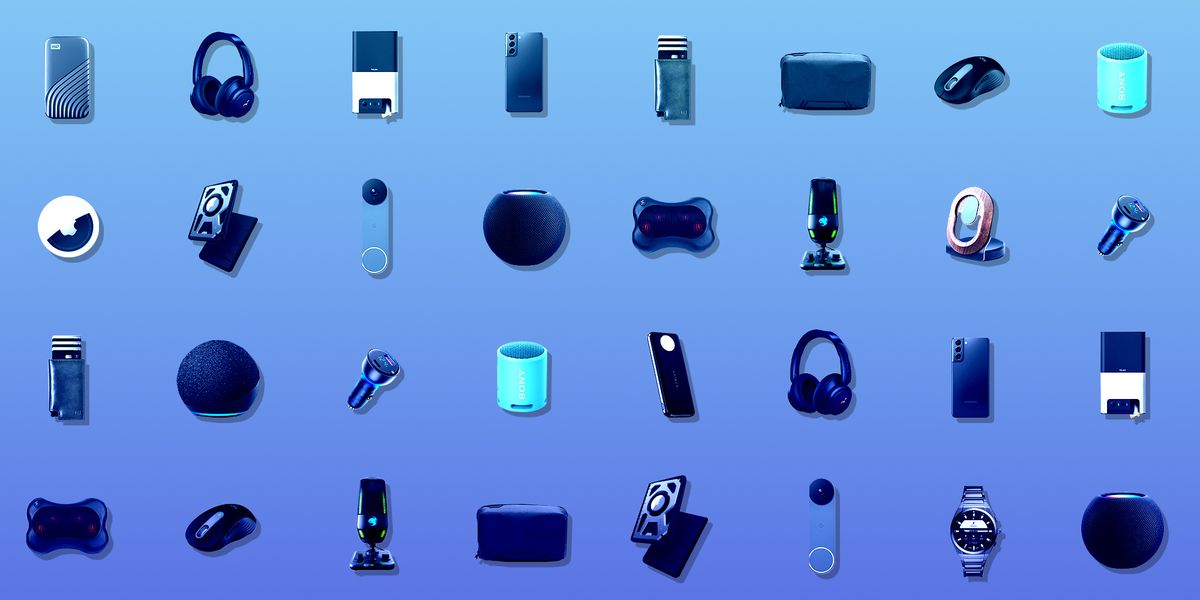10 Controversial Tech Debates Happening Right Now: Key Issues Shaping the Future of Technology
Published Sunday, June 16, 2024 By TechRant Staff

The tech industry is the center of numerous debates, characterized by contrasting viewpoints on innovation, ethics, and societal impact. Amid rapid advancements in technology, these debates highlight critical questions about how these changes influence privacy, security, labor, and daily life.
As technology integrates deeper into various facets of life, understanding these debates becomes essential for navigating the modern world. These discussions not only shape the future of tech but also reflect broader societal values and concerns. Through exploring these contentious issues, one gains insight into the complex landscape of contemporary technology.
1. AI Bias in Algorithms
AI bias in algorithms is a critical issue in modern technology. It refers to the presence of prejudiced outcomes produced by artificial intelligence systems. These biases can occur when the data used to train the models reflects existing inequalities or prejudices. Human involvement in the development of these systems often introduces unintended biases.
Algorithmic bias can lead to significant societal impacts. For example, biased algorithms can result in unfair treatment in various sectors like hiring, lending, and law enforcement. Civil society organizations have raised concerns about algorithms miscalculating individuals’ eligibility for social services, causing undue hardships.
Efforts to mitigate AI bias include improving data quality and ensuring diverse training datasets. Researchers are also developing methods to make algorithms more transparent and explainable. This involves providing clear reasoning behind automated decisions to foster trust and accountability in AI systems.
Legislative actions are also being considered. Policies like the US AI Bill of Rights aim to address the risks associated with biased AI and promote ethical practices. The ongoing debate emphasizes the need for a multifaceted approach to eliminating bias to ensure equitable outcomes in AI applications.
2. Privacy Concerns with Smart Devices
Smart devices are increasingly prevalent in modern homes. These devices, from smart speakers to connected thermostats, offer convenience and automation. However, they also raise significant privacy issues.
Many smart devices collect and share personal data. This data is often transmitted to third parties, raising concerns about how it is used and protected. For example, smart TVs and digital assistants have been reported to listen to conversations and store information without explicit user consent.
Researchers have identified that smart devices can be vulnerable to hacking. Unauthorized access can lead to sensitive information being exposed, such as when a person’s internet search history is released or home security footage is intercepted.
Studies have shown that smart home products frequently communicate with external servers. Users might not always be aware of the extent of this data transmission or the potential risks involved. This lack of transparency has led to growing apprehension about digital privacy.
Privacy policies for these devices can be lengthy and difficult to understand. As a result, users may not fully grasp the implications of consenting to data collection. This opacity further complicates efforts to ensure privacy is adequately protected in the age of smart technology.
3. Impact of 5G on Health
The introduction of 5G technology has significantly impacted the healthcare sector, promising faster data sharing and improved disease management. 5G’s ability to provide high-speed internet with low latency can enable remote diagnostics and telemedicine. This technology can bridge gaps in healthcare accessibility, ensuring that medical services reach underserved areas.
However, the deployment of 5G has sparked controversy. Concerns about the potential adverse health effects of radiofrequency (RF) fields used by 5G networks have risen. Some public groups worry about increased exposure to RF fields above 6 GHz and their unknown long-term impacts.
There have been claims on social media linking 5G to various health hazards, including the spread of COVID-19, which have been debunked as myths. Major health organizations maintain that current studies do not show conclusive evidence of 5G causing adverse health effects. Research is ongoing to monitor any potential risks.
In conclusion, 5G offers significant advantages for healthcare, but its long-term health effects are still under scrutiny. Ensuring continued research and monitoring is crucial to addressing public concerns while leveraging the technology’s benefits.
4. Facial Recognition and Civil Liberties
Facial recognition technology has sparked significant debate about its impact on civil liberties. Critics argue that it poses a threat to privacy and civil rights, as it can be used to conduct mass surveillance without individuals’ consent. This technology enables the tracking of people’s movements and activities, raising concerns about the erosion of personal privacy.
The American Civil Liberties Union (ACLU) and other civil rights organizations highlight the risk of wrongful arrests and prosecutions due to inaccuracies and biases in facial recognition systems. These biases can disproportionately affect marginalized communities, exacerbating existing social inequalities.
The technology’s ability to monitor public spaces means that freedom of speech and association can also be compromised. Activists worry that surveillance at protests and gatherings could deter individuals from participating in political and social movements, stifling democratic engagement.
Lawmakers and privacy advocates are pushing for stricter regulations and oversight. They call for measures to ensure that the use of facial recognition technology respects individuals’ rights and freedoms. Several states and municipalities have already implemented bans or restrictions on its use by law enforcement agencies.
Despite these concerns, some argue that facial recognition can enhance security and efficiency in various sectors. The debate continues as society grapples with balancing the benefits of technological advancements and the protection of civil liberties.
5. Ethics of Autonomous Weapons
The emergence of autonomous weapons raises significant ethical concerns. These systems, capable of selecting and engaging targets without human intervention, challenge traditional norms of warfare. Critics argue that delegating life-and-death decisions to machines undermines moral responsibility and accountability. The lack of human oversight in critical moments can lead to unpredictable and potentially disastrous consequences.
Autonomous weapons may also violate international humanitarian laws, which require distinction and proportionality in attacks. Ensuring these machines comply with such principles is challenging. Moreover, the development and deployment of these technologies could stimulate an arms race, destabilizing global security.
In December 2023, the UN General Assembly emphasized the ethical dilemmas posed by these systems. Nations are divided on regulating or banning them. While some advocate for restrictions, others highlight the strategic advantages potentially offered by autonomous weapons. The debate continues on how best to balance technological progress with ethical imperatives.















